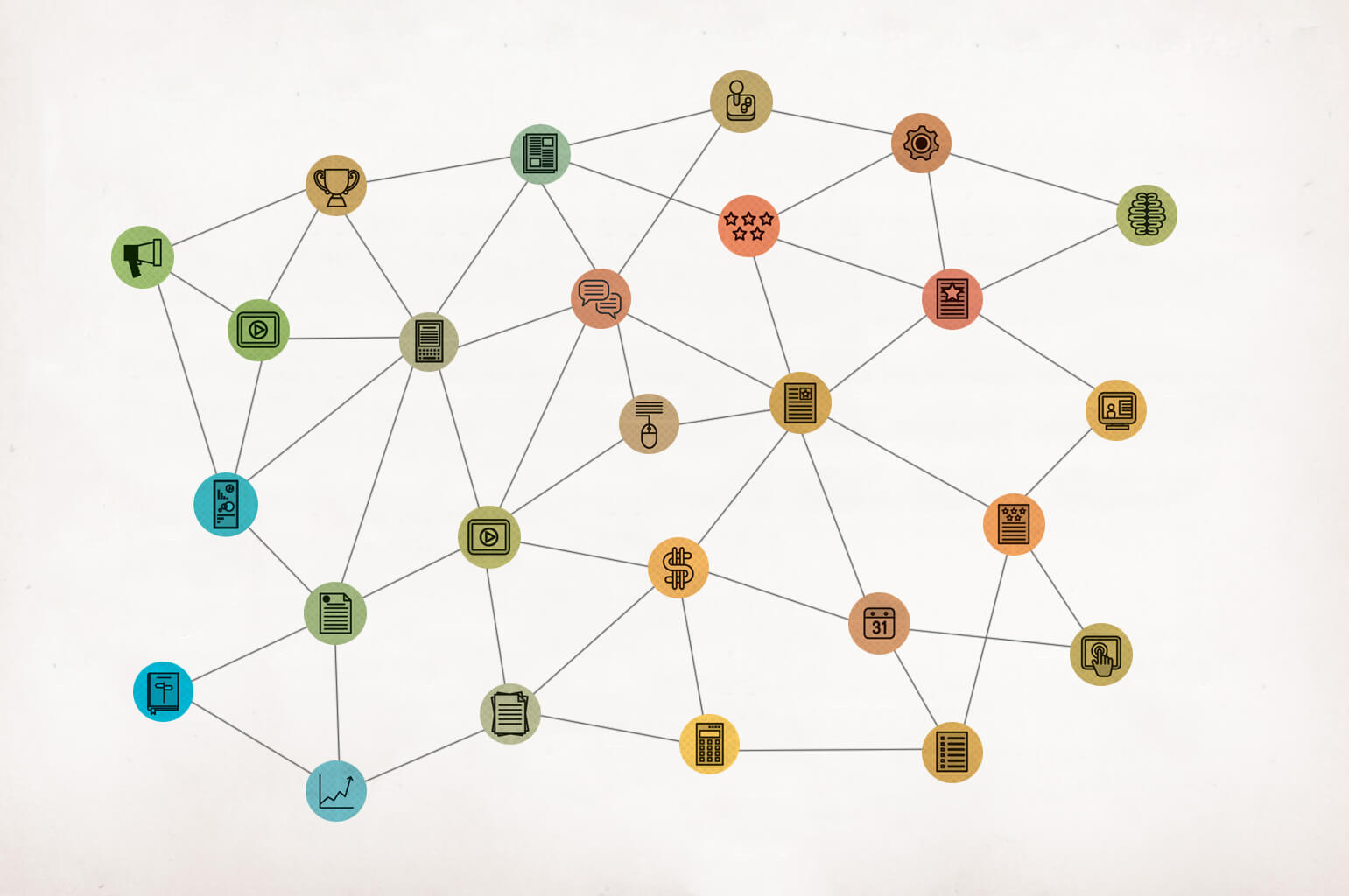
Five Content Types that are Currently Trending in the Digital Marketing World
August 9, 2015
Top Five Web Design Issues Faced by Many Business Owners
October 4, 2015Internet Marketers can Find New Opportunities in Project Brillo and Weave
Google announced two powerful new technologies at its I/O developer’s conference held recently. In that event, Google’s Android head Sundar Pichai introduced Project Brillo and Project Weave to the world and many experts believe that they will revolutionize the Internet of Things (IoT) industry. These two innovations could very well signal the end of the usefulness of your site, and the beginning of a device-oriented app ecosystem, thereby bringing intelligence to millions of devices. Now, marketers are now thinking how they can utilize these opportunities to their benefits. Before going to that part, first we will look into Project Brillo and Weave as explained by Sundar Pichai.
Project Brillo
Project Brillo is an IoT operating system which is a streamlined version of Google’s Android mobile OS designed for web-connected devices such as appliances, vending machines, and farm equipment. Similar to Android OS that brought computing power to smartphones, tablets, and watches, Brillo will do the same for millions of electronic devices that are part of our daily life. This provides developers with a standard set of tools and application programming interfaces (APIs) to work with, and opens the door for app distribution via Google’s app marketplace.
Project Weave
Another important innovation, announced by Pichai the I/O Conference is Project Weave, which a common language for devices to interact with each other. For example, if your smart shower head recognizes that you are almost through with your shower, it may alert the coffee pot to begin brewing cup of coffee. After your coffee maker detects that you have got your coffee in hand, it may instruct your vehicle to warm up and drive to the front door to pick you up.
IoT-enabled Devices that will Do Search For You
According to many marketing experts, customers’ use of these two technologies could have a direct impact on web search, brands, and the future of online marketing. Using Google’s IoT technologies, you can tap your appliances into Android’s voice-recognition capabilities. This means that you can ask your refrigerator queries such as, “What is the precise temperature need to set my sundae?” and your refrigerator can use the internet to track down a relevant answer for you.
Searches such as this are typically happening on a desktop where Google would return a set of webpages for you to find your answer. Now that the Knowledge Graph has improved very well, users are often presented full answers without a need to actually visit the site that answered their question. At least in the current scenario, users can still ignore the information provided by Knowledge Graph and click on a traditional webpage from Google search results. However, if smart devices depend solely on the Knowledge Graph for an answer, website owners could see a significant decrease in site traffic as the option to visit a webpage would not exist on a refrigerator.
Apps for IoT-enabled Devices
Your smartphone or tablet has apps and that’s why people love these mobile devices even though they have a web browser. According to industry observers, there will be a day when your coffee pot will download apps to improve its functionality and capabilities. With Brillo, Google is making a move for those apps to be based on Android and made available via Google’s Play Store. This creates a new opportunity for brands to create apps for millions of different devices. Many multinational brands such as LG, Sony, P&G, and Samsung will undoubtedly be interested in creating apps for dishwashers and washing machines, while cosmetic brand will develop apps for mirrors and bathroom lighting.
IoT Opens New Opportunities for Online Marketing
According to marketing experts, IoT will have a profound impact on digital marketing and SEO as users start accessing the web through a variety of devices, bypassing the traditional webpage. There will be new ways for businesses to reach customers through the device-specific apps, while this change of behavior might lead to a drop in website traffic. Even though that day is not here yet, but with the announcement of Project Brillo and Weave, marketers can now see the basic infrastructure being built, and it looks like it is going to be based on the Android ecosystem.

